Compared: 2022 Toyota Tacoma vs. 2022 Toyota Tundra
Though it's some $10,000 cheaper, the midsize Tacoma can't touch the full-size Tundra in towing and amenities.
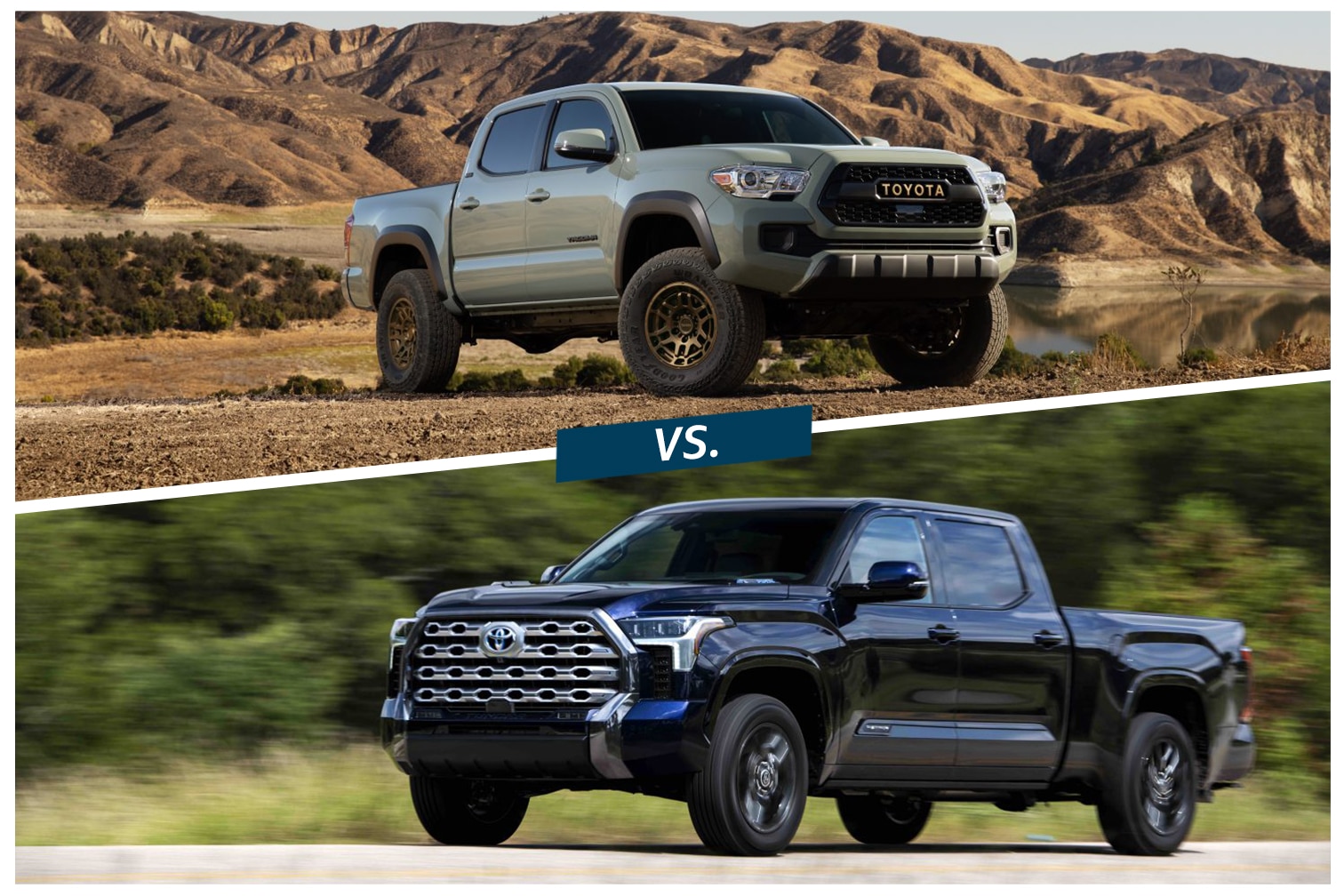 Toyota
Toyota
QuickTakes:
If you’re in the market for a Toyota pickup truck, it’s important to ask yourself what you need. Do you have large and heavy toys to haul from place to place? How about dogs and kids? Do you need to tow more than 6,800 pounds? And do you have an insatiable taste for the finer things? If so, there’s no looking past the full-size Tundra, but it will cost you. If you can compromise in some areas, though, the Tacoma offers considerable value while delivering plenty of capability and capacity.
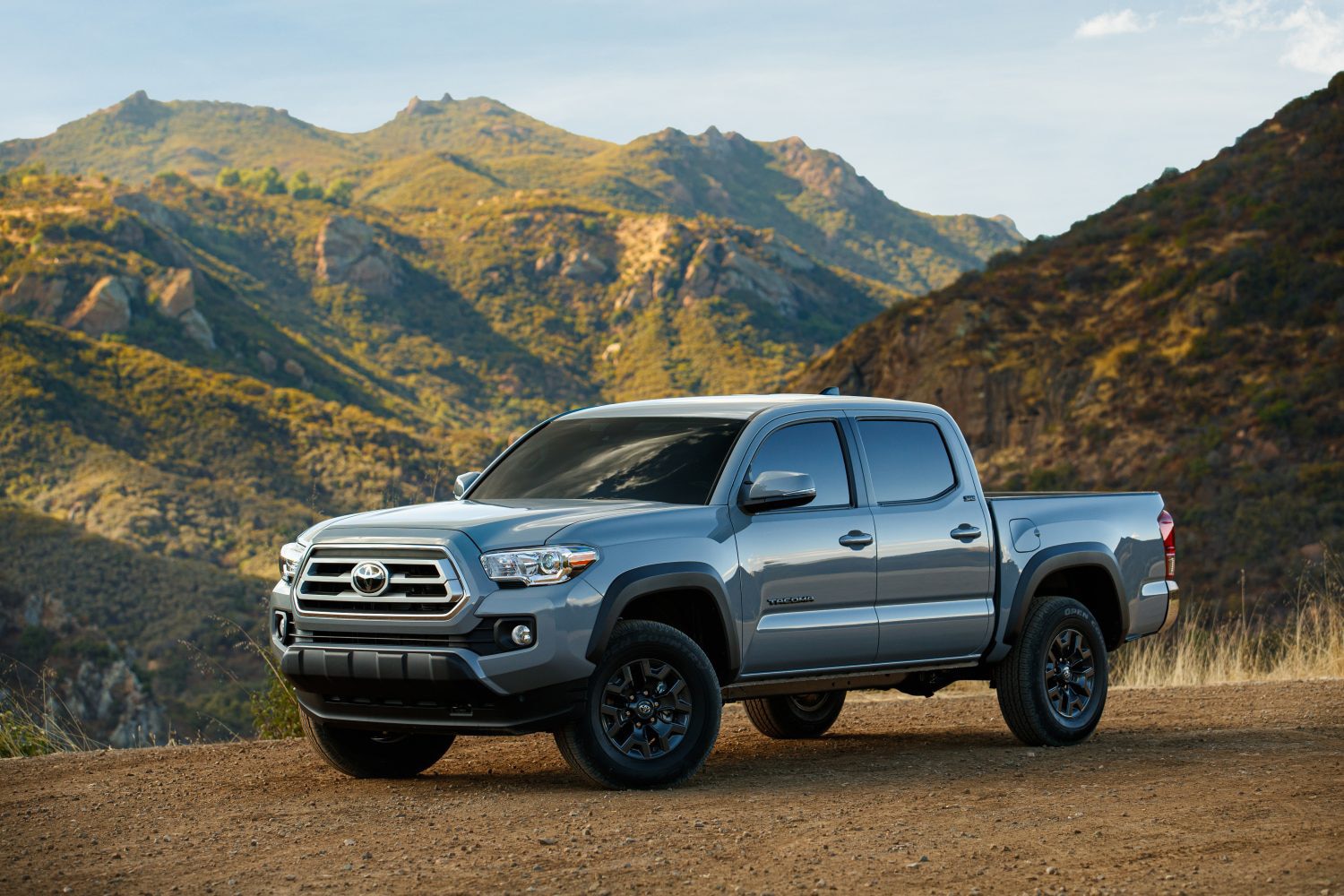 Toyota Tacoma
Toyota Tacoma
Toyota Tacoma vs. Toyota Tundra: Price
The Tacoma starts at $28,000, and pricing climbs into the $40,000s, culminating in the Limited for about $41,000 and the off-road-focused TRD Pro for more than $47,000. Toyota charges different amounts for four-wheel drive depending on the trim level. For safety, budget $3,500 if you want that option. Stepping up from the access cab to the double cab—standard on TRD Sport, Limited, and TRD Pro models—also adds some cost and may determine which bed length (either 5 or 6 feet) you get.
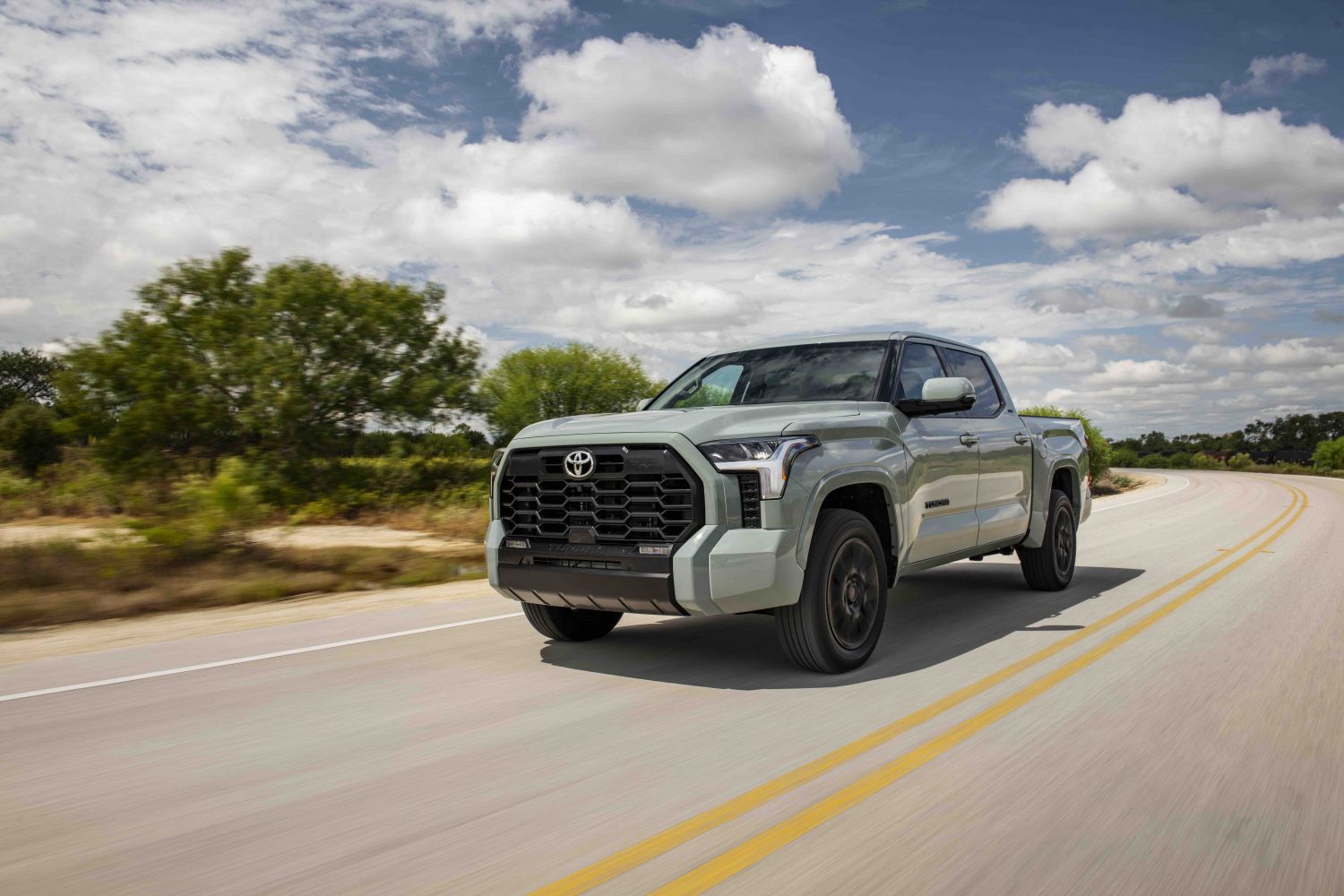 Toyota Tundra
Toyota Tundra
Pricing begins around $38,000 for the Tundra SR, and it goes up, up, and away from there, topping out with the loaded Capstone’s sticker just above $75,000. Four-wheel drive is a $3,000 option on most trim levels for the full-size truck, and splurging on the crew cab will set you back another $2,050 on models where it’s not standard (i.e., SR, SR5, and Limited).
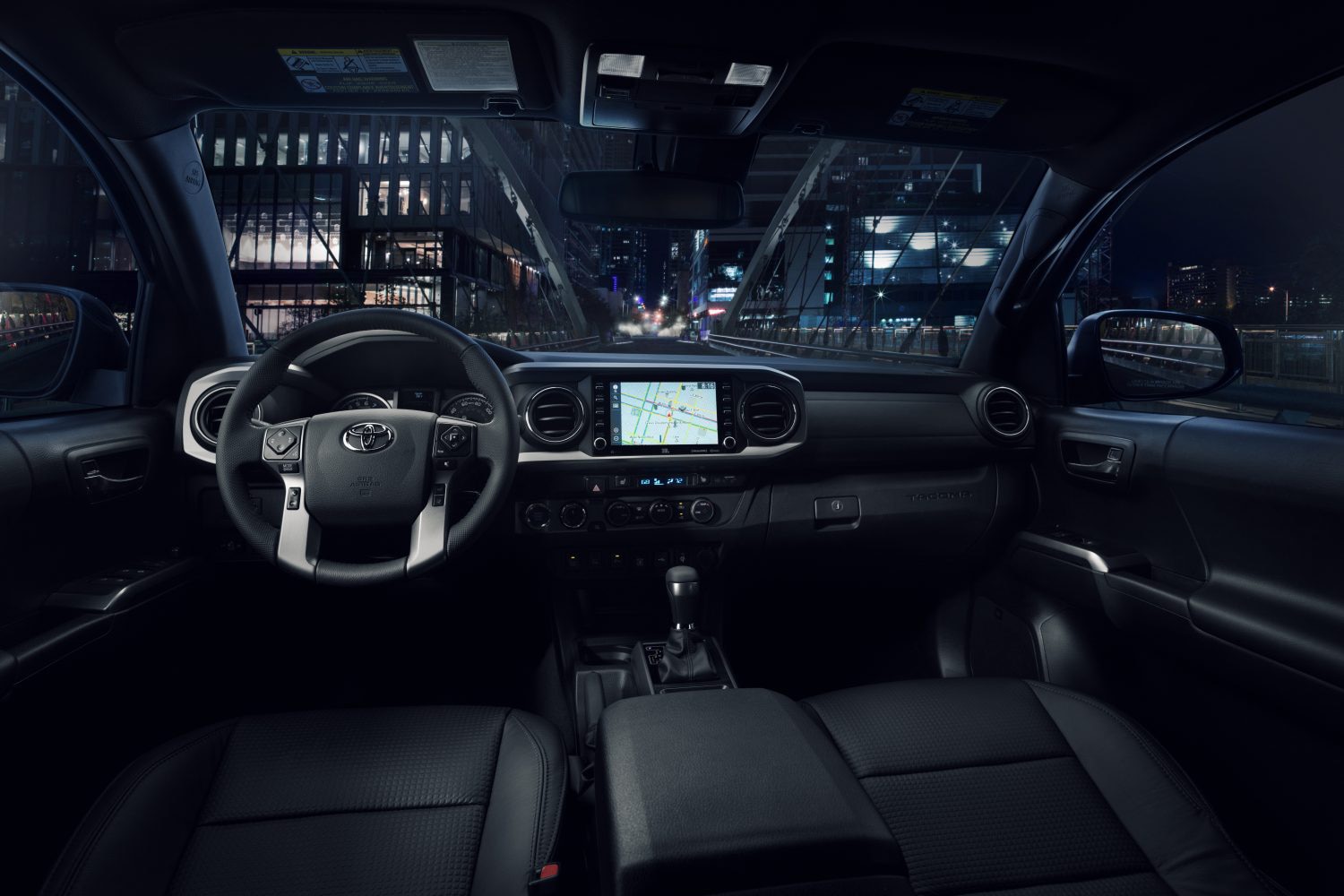 Toyota Tacoma
Toyota Tacoma
Toyota Tacoma vs. Toyota Tundra: Interior
Size is the big differentiator between these two trucks. If you’re flying solo most of the time, the midsize Tacoma is likely more than enough, boasting four seats and 85 cubic feet of passenger volume with the access cab, and five seats and 100 cubes with the double. If you’ve got friends and kids and pets to chauffeur, you may want to consider the full-size Tundra. The double cab boasts up to 109 cubic feet of passenger volume, and the crew, 120.
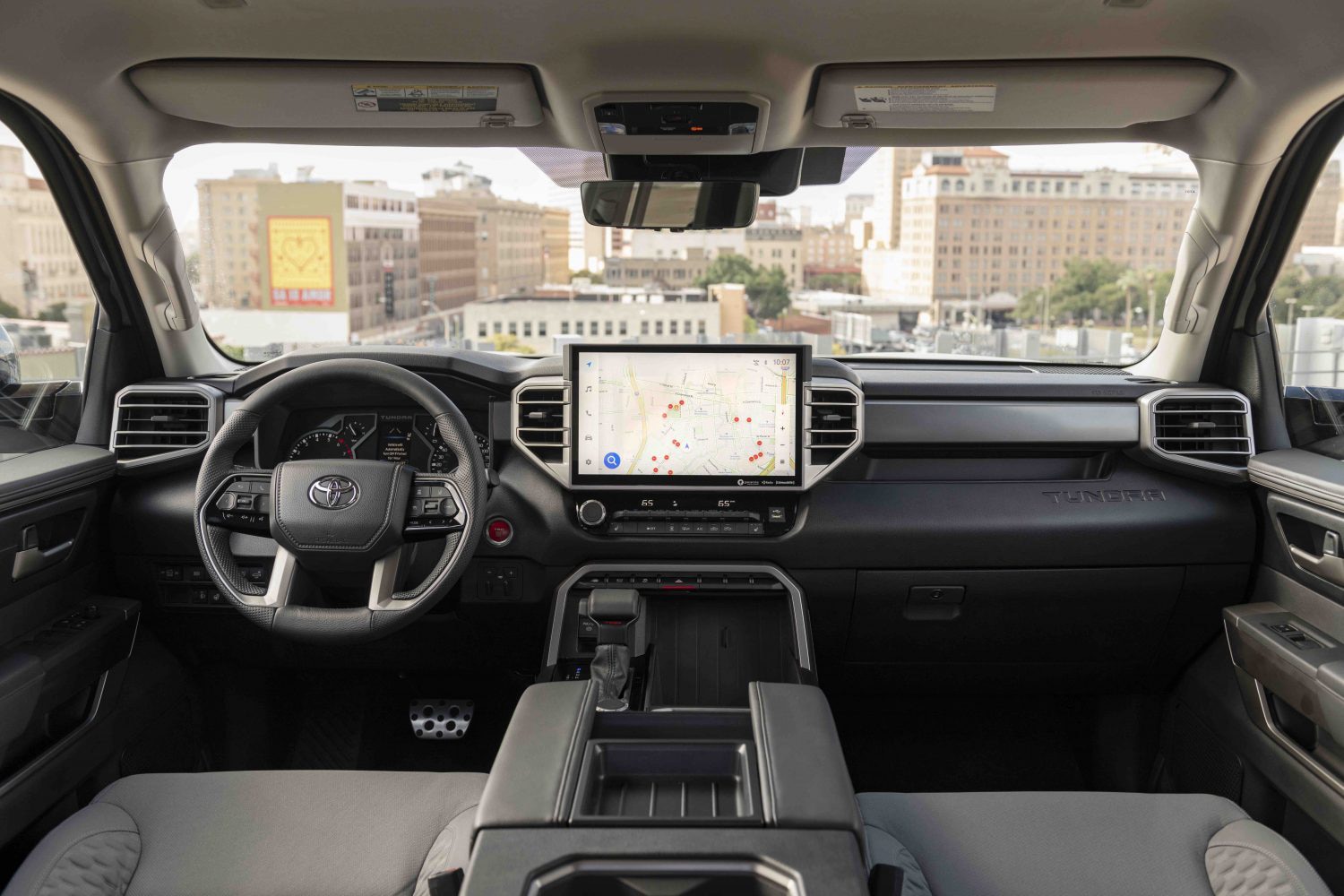 Toyota Tundra
Toyota Tundra
Neither interior is particularly glamorous at the low end, but as you ascend in price, the Tundra’s advantage in creature comforts becomes clear. Toyota makes available lavish options like a 14-inch touchscreen, a panoramic sunroof, a head-up display, ventilated seats, a 12.3-inch digital gauge cluster, and a 437-hp hybrid powertrain—none of which you’ll find on any Tacoma. That said, if you want a manual transmission, you’ll need to limit your scope to one of the Tacoma TRD models.
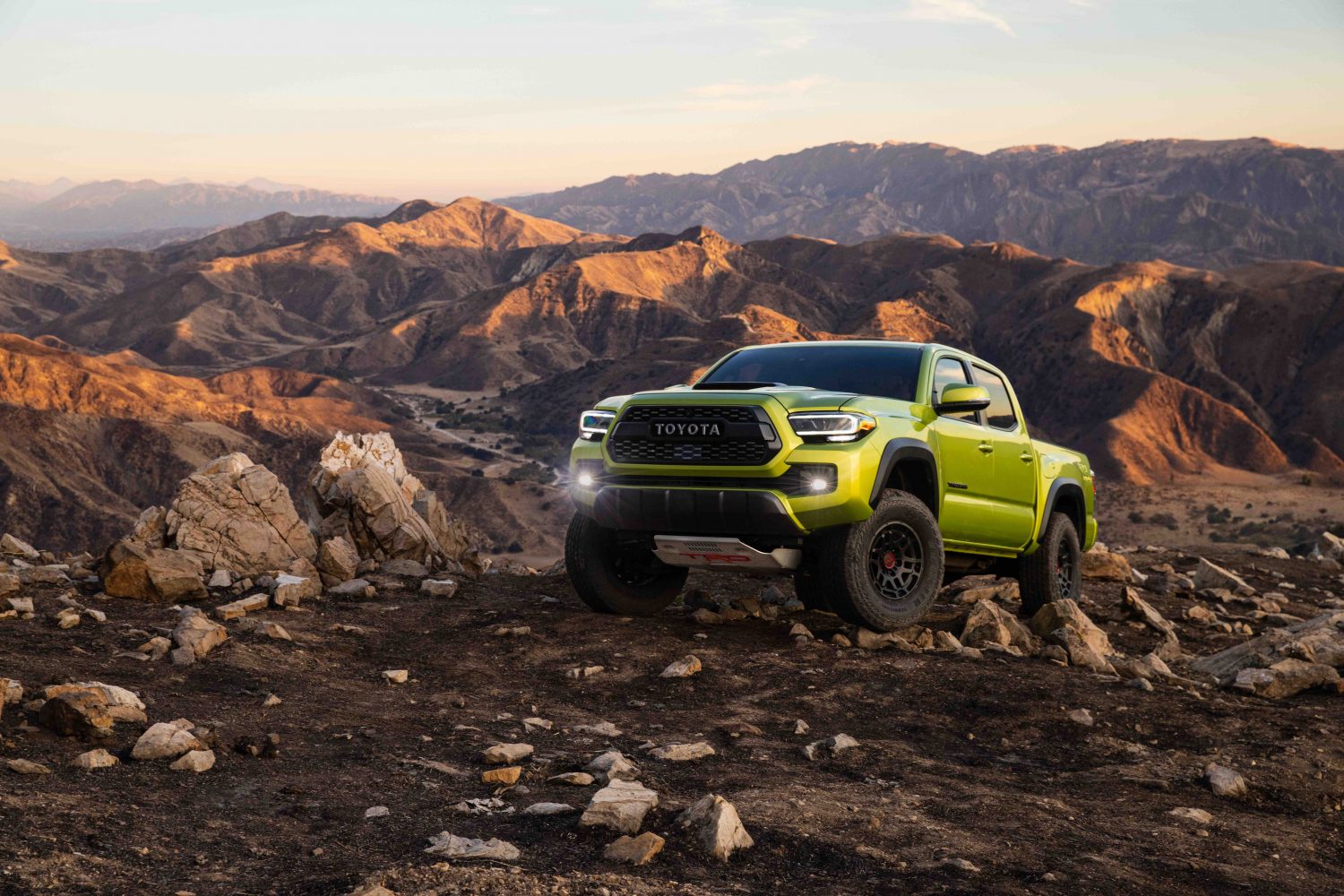 Toyota Tacoma
Toyota Tacoma
Toyota Tacoma vs. Toyota Tundra: Towing and Payload
The Tacoma’s heftiest payload rating is 1,685 pounds; that’s for a rear-wheel-drive access cab equipped with the four-cylinder. Opt for a V6, all-wheel drive, and a double cab, and you’ll see that figure dip to 1,155. With the Tundra, the lowest-rated offering is the top-of-the-line Capstone, with a payload of 1,485 pounds. At the other end of the spectrum, rear-drive, double-cab SR and SR5 models with the short bed can handle 1,940 pounds.
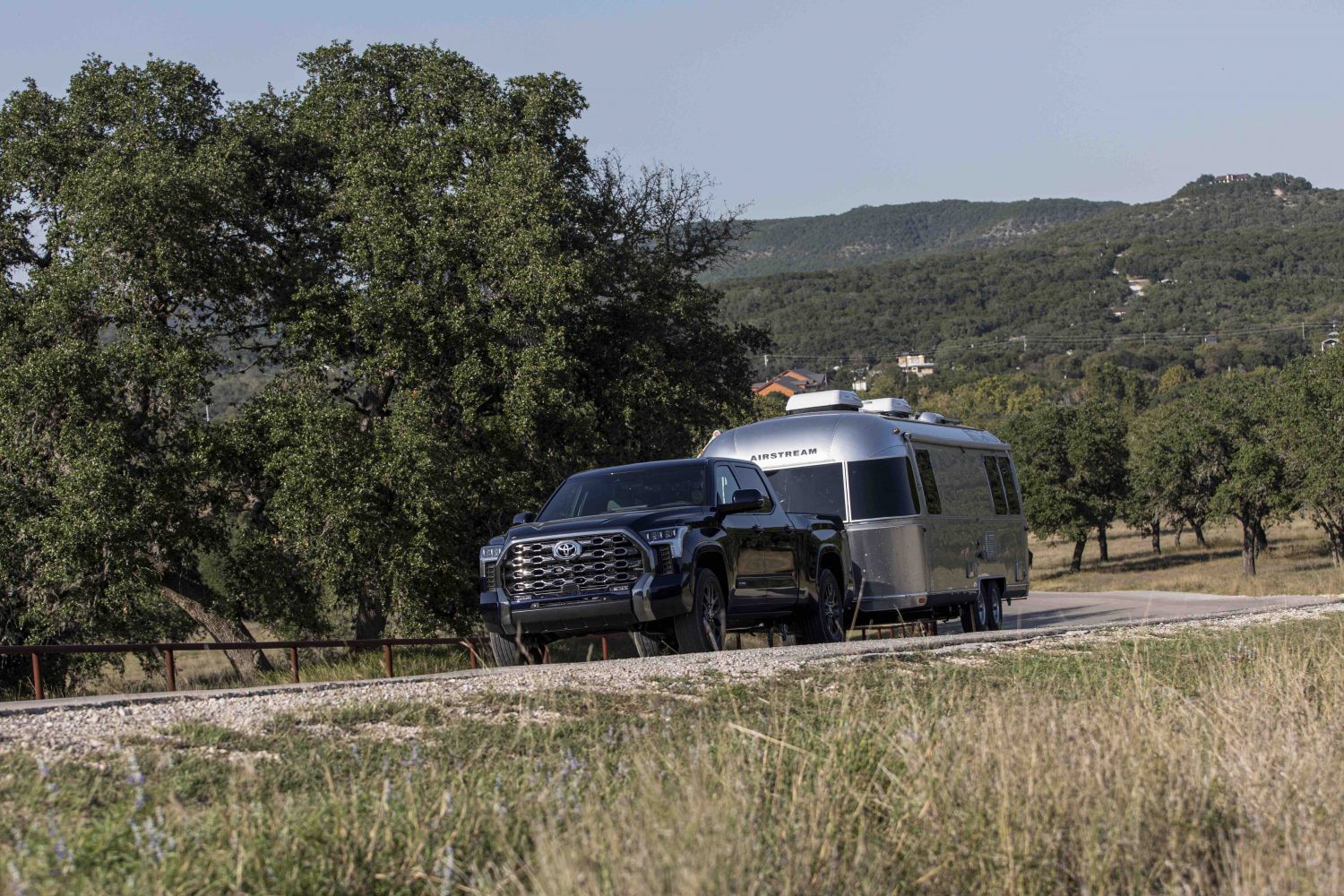 Toyota Tundra
Toyota Tundra
The Tundra also has the edge in towing. That truck’s lowest rating is 8,300 pounds, and its highest, 12,000, with most models’ capacities falling between 10,500 and 11,500 pounds. In the Tacoma, four-cylinder models can tug 3,500 pounds while those with the V6 manage between 6,400 and 6,800 pounds, depending on the configuration.
Written by humans.
Edited by humans.
 Austin Lindberg
Austin LindbergAustin Lindberg has spent the past 15 years working in journalism as a reporter and an editor covering the automotive industry, motorsports, and soccer for publications in the U.S. and the U.K. He is an EV owner with a keen interest in electrification and green tech.
Related articles
View more related articles